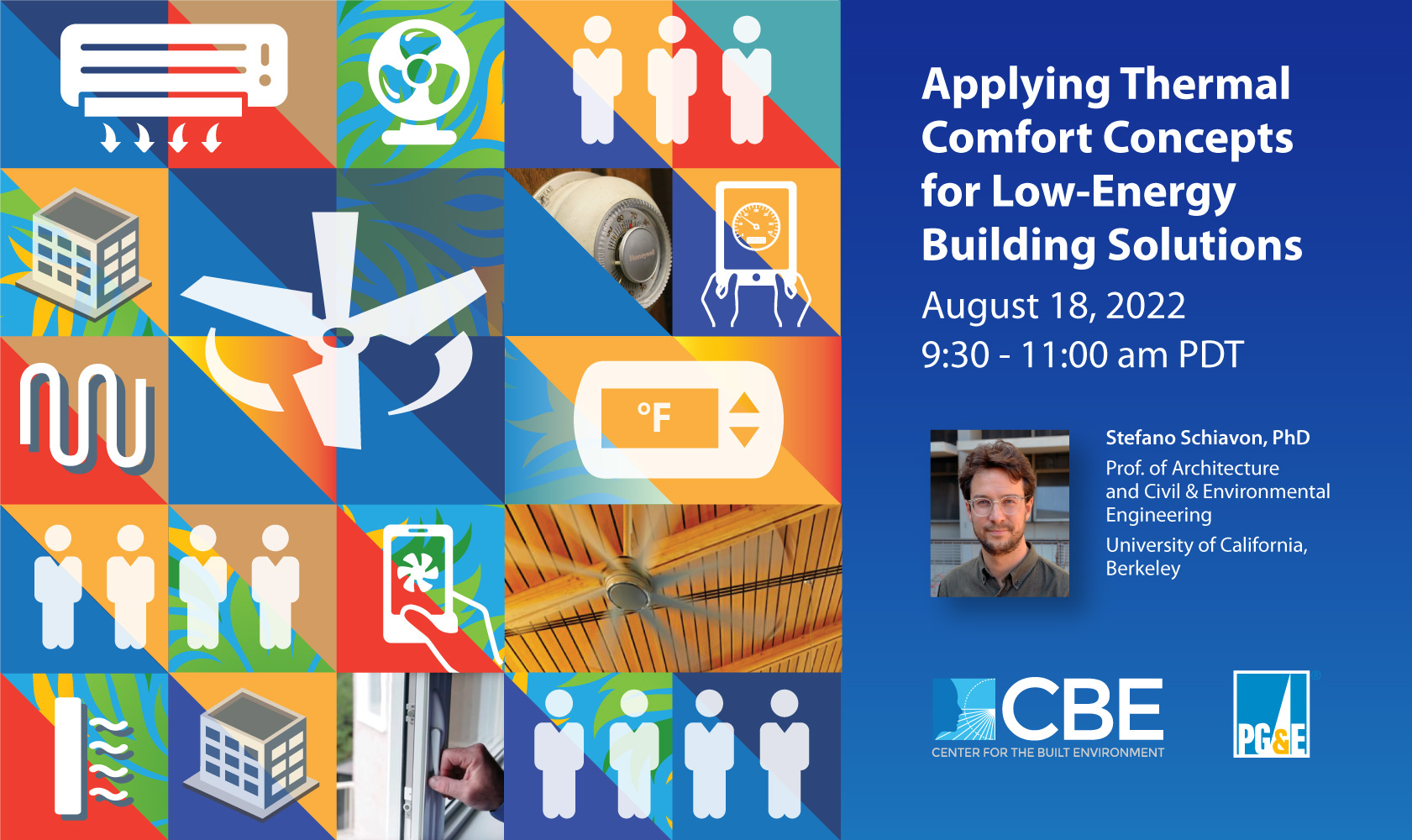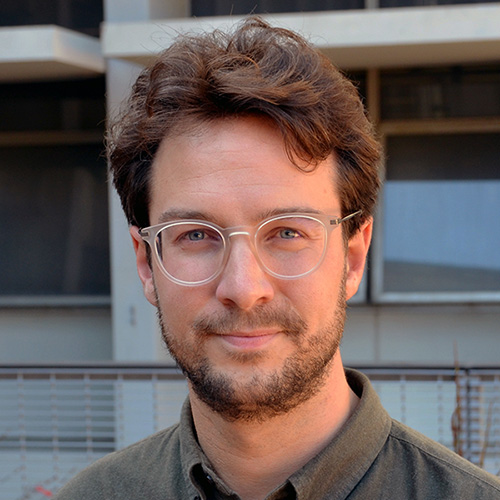
August 18, 2022
Research shows that approximately 40 percent of commercial building users are dissatisfied with their thermal environments, achieving just half of the industry goal of 80 percent, and thereby representing one of the most bothersome aspects of indoor environments. Participants in this class will learn about key concepts of thermal comfort, how it can be improved, and how this knowledge can be used to create low-energy and comfortable buildings.
The course began with an overview of comfort fundamentals, how it has been codified in ASHRAE’s Standard 55, and how it has been based on the predicted mean vote (PMV) model that works for an ‘average’ person, but does not predict accurately for typical building populations. The course introduced an improved model for personal comfort, and describe how to use the CBE Thermal Comfort Tool for comfort calculations and to check compliance with Standard 55.
The course then discussed how we should avoid narrow temperature ranges which have high energy implications, but do not necessarily provide high levels of comfort. It also presented research and case studies on buildings with radiant systems and ceiling fans, and how these low-energy solutions can provide equivalent or superior comfort, and how electric fans in many situations can protect people during extreme heat events. Finally, the course covered the relationship of the thermal environment to work performance.
Speakers and Presentations
-

Stefano Schiavon, PhD
Professor of Architecture and Civil and Environmental Engineering, UC Berkeley
Presentation: Applying Thermal Comfort Concepts for Low-Energy Building Solutions
Stefano Schiavon’s research is focused on finding ways to reduce energy consumption in buildings while improving occupant health, well-being and productivity. He is a faculty researcher with Berkeley’s Center for the Built Environment (CBE) and the international research program SinBerBEST. His accolades include the 2010 REHVA Young Scientist Award, the 2013 ASHRAE Ralph Nevins Physiology and Human Environment Award, and three Best Paper Awards in 2018 from the Journal Building and Environment.
Continuing Education
At the conclusion of this course, participants are able to:
- Understand the fundamentals of thermal comfort, and how this is applied to ASHRAE Standard 55 in the context of non-residential buildings.
- Demonstrate familiarity with using the CBE Thermal Comfort Tool for comfort calculations and to check compliance with Standard 55.
- Explain how larger temperature ranges can save energy without negatively impacting occupant comfort.
- List examples of research or case studies of buildings with radiant systems and/or ceiling fans, and how these low-energy solutions can provide equivalent or superior comfort.
- Summarize how electric fans can protect people during extreme heat events.
This session qualified for 1.5 AIA learning units.
Organizers

